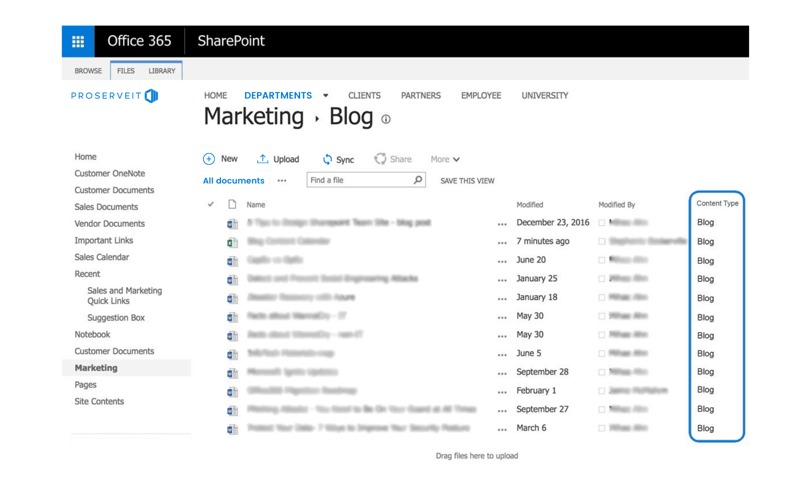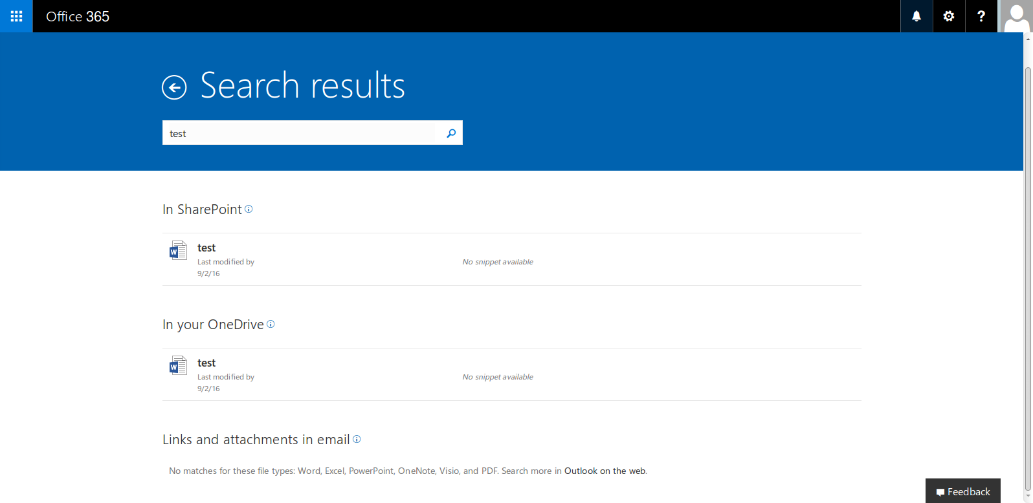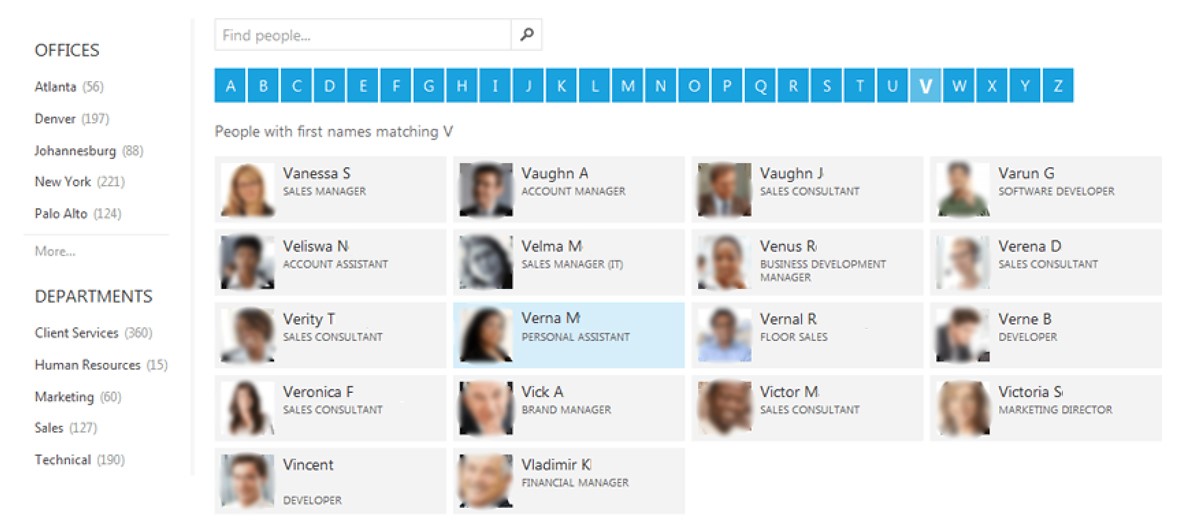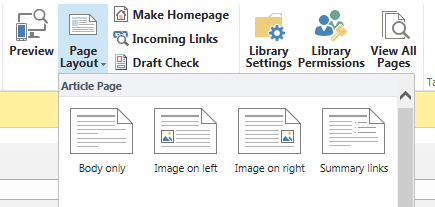5 Tips for Vendor Risk Management: Protect Your Organization
“We’ve got SharePoint for our organization, but people don’t seem to be buying into it and using it like we wanted them to.”
Does this statement sound familiar? When you invest time and money into a product, you want to make sure that you’re getting the most out of your investment, and having employees reluctant to engage with that product is not a way to get the ROI you’re looking for.
That’s why it’s so important to consider the design of your SharePoint intranet portal before and as you’re designing it.
6 Features to Consider When Designing Your SharePoint Intranet Portal
You need to take into consideration what features to include to make your SharePoint Intranet Portal more user-friendly, thus, easier for your employees to adopt. To maximize your investment, and ensure your employees adopt SharePoint, here are the top 6 features you need to think about when designing your SharePoint Intranet Portal.
.png?width=754&name=SharePoint%20Intranet%20Portal%20Graphics%20(1).png)
1. UX (User Experience): Make your SharePoint Intranet Portal easy to use.
This is your user interface. Your SharePoint Intranet Portal must be easy to use. An important thing to consider is the number of clicks a user needs to go through to get to the content they want. You want to keep this number as low as possible. Also, think about how often the content is going to be accessed. For the content that your users will be accessing every single day, keep it anchored on the front page or in the navigation.

2. Tagged Documents: Use right keywords and phrases
When you upload a document to SharePoint, Tagged Documents allows you to tag various keywords and phrases to associate with that document. Tagging documents improves search functionality, and when documents are easier to search, employees are more likely to use your SharePoint Intranet Portal. You can also create custom views to have filtered views that leverage these tags.
3. Audience Targeting: Tag documents based on the audience
This enables your organization to tag documents based on the audience that will be reading them. For example, let’s say you want to target your sales team with a number of documents within your SharePoint Intranet Portal. Rather than build out a separate team site for your sales team, you could instead use the Audience Targeting feature and set the target of various pages and documents to “Sales Team”.

4. Search Capabilities: Improve adoptability and productivity with search capabilities
When you’re designing your SharePoint Intranet Portal, make sure that it’s easily searchable. This will greatly improve adoption within the organization. Plus, of course, you’re increasing productivity by making it easier for your employees to find the files that they need to collaborate on. To improve your search capabilities, make sure you’re taking advantage of the Tagged Documents feature and the Audience Targeting feature.

5. People Directory: Have a better visibility with Microsoft Delve
This is a customized option that’s available through SharePoint using a product called Microsoft Delve. With Delve, not only can you leverage your organization’s contact information from Active Directory and use it as an employee database, but you can also have visibility into what your employees have been working on. If enabled, you can even see the specific documents that have been recently accessed by each contact.
Furthermore, Delve allows you to tag your contacts according to their areas of expertise (for example, you could tag everyone who has a specialty in Microsoft Office), so that when you’re running a project, you can look up which of your colleagues would be best able to assist.

6. Wiki Pages: Easily share knowledge internally with knowledge collaboration pages
Wiki Pages are knowledge collaboration pages within SharePoint Intranet Portal that help keep your employees up to speed on commonly discussed topics/items within your organization. Instead of using a Word document or another type of document, you can build a Wiki Page right into SharePoint that acts like a regular Internet page (like Wikipedia), and can be edited by all who are given access to edit it. Using this feature reduces the number of clicks that employees need to go through to get to the information and makes it easier for your organization to share knowledge internally.
Watch the short video below on how SharePoint can help get your important documents approved, efficiently and effectively:
How These Features Increase Productivity Within Your Organization
Could you benefit from being able to pinpoint the talent within your organization with just a few clicks of your mouse? Or tag your sales process documents so that you didn’t have to spend extra time looking for them within your system? Or keep everyone within your organization informed of the new health & safety policy without requiring them to search through documents and figure out what’s changed?
The above-mentioned top six features within your SharePoint Intranet Portal are designed to reduce the amount of time that’s spent on more menial tasks (like searching for information), which in turn contributes to an increase in employee productivity.
Make the Most of Your SharePoint Intranet Portal
The bottom line is, by implementing these 6 features for your SharePoint Intranet Portal, you can make the most out of SharePoint, and increase your chances of adoption from your users. But getting started can be a little daunting, so let us help you. Connect with our SharePoint experts today to get tips and tricks on designing your SharePoint Intranet Portal to suit your users’ needs.
Tags:
November 02, 2017


